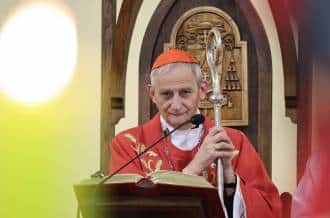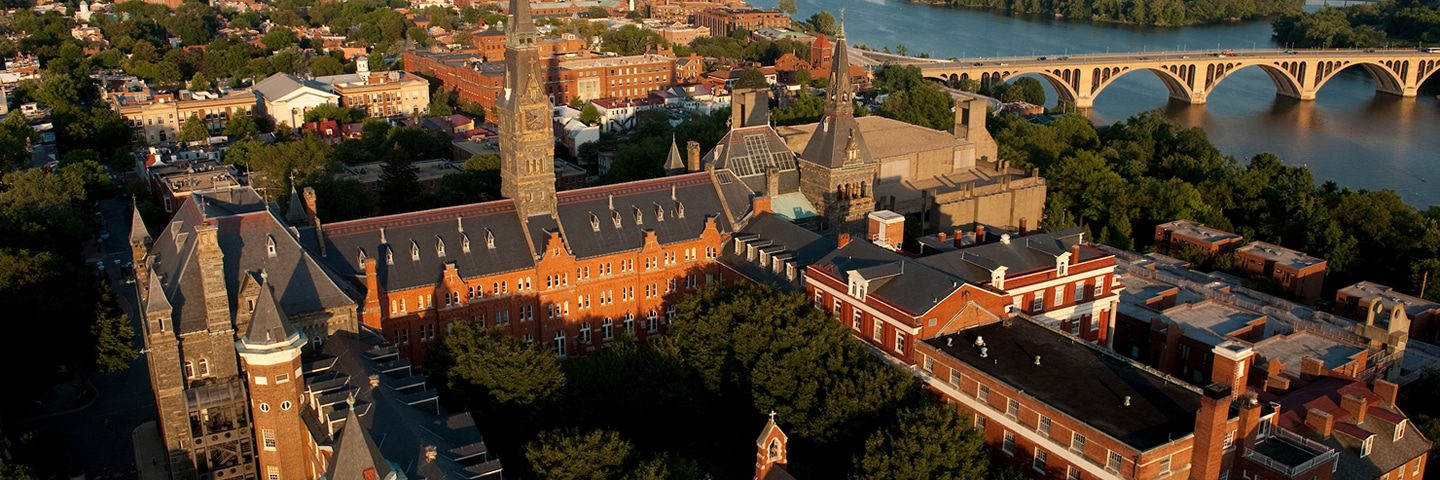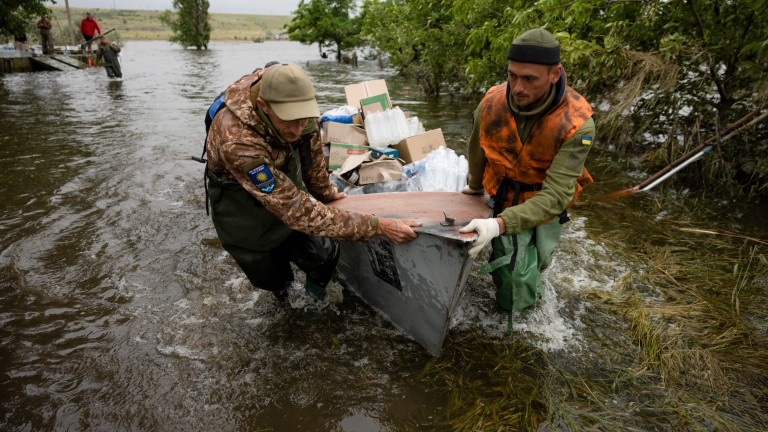By Alexander Soldatov, “Novaya Gazeta”
On the occasion of the visit of the Pope’s special envoy to Moscow and Kiev
According to official reports, the content of Italian Cardinal Matteo Zuppi’s talks in Moscow on June 28-28 included “humanitarian issues”. Therefore, after the much-anticipated meeting with Yuri Ushakov, assistant to the Russian president on international affairs, the special envoy of the Pope visited the children’s ombudsman Maria Lvova-Belova. According to the Vatican’s official website, the focus of the conversation was “the issue of over 19,000 Ukrainian children who ended up in Russia” – an issue on which President Zelensky sought help from the Holy See during the audience with Pope Francis in May this year.
Many of these children lost contact with their parents as they were taken to children’s camps, and some ended up in Russian foster families. Lvova-Belova herself adopted the teenager Philip from Mariupol, shortly after which the famous order from the International Criminal Court appeared.
According to Putin’s spokesman Dmitry Peskov Dzyupi has not reached concrete agreements in Moscow, but there is reason to continue the dialogue.
It is worth noting that the papal legate’s visit to Moscow took place on the feast of the founders of the Roman Catholic Church, the apostles Peter and Paul, which Roman Catholics celebrate as “Pope’s Day”. Perhaps there is some symbolism in this…
Not an ultimatum, but a negotiating position
The Vatican has traditionally been tight-lipped on details when it comes to attempts to engage in the reconciliation of warring states or peoples. Vatican diplomacy has a reputation for being one of the most secretive and mysterious, even more so in an age when an experienced Jesuit occupies the papal throne. What is known is that Francis’s “peace plan,” unlike other such initiatives, does not include a ceasefire request as a precondition for negotiations. What is usually interpreted as an “ultimatum” from the Russian or Ukrainian side is seen in the Vatican as “negotiating positions” from which to move towards a compromise.
Perhaps this approach is now perceived more favorably in Moscow than in Kiev. On June 19, the Deputy Minister of Foreign Affairs of the Russian Federation, Alexander Grushko, stated: “We appreciate the balanced position of the Vatican.”
Although Dzupi’s visit to Kyiv on June 5-6 was at a higher level (he was received by President Zelensky), Ukrainian elites and society are skeptical of the Vatican’s efforts.
Many Ukrainians are offended by Francis’ words, which they see as a remnant of his “left” Latin American experience (before he was elected pope, he served in Argentina).
But, for example, Leonid Sevastianov, the head of the World Union of Old Believers, who is in constant contact with Pope Francis and was appointed by him as an “ambassador of peace”, is sure that in the conditions of the helplessness of the major international institutions, only the Vatican can provide the necessary conditions and format for starting negotiations. According to his information, thanks to Dzupi’s mission, the contours of the negotiating groups have begun to take shape. In this regard, it should be noted that, unlike the heads of the Ministry of Foreign Affairs, Yuriy Ushakov is not subject to Western sanctions.
Sevastianov himself was forced to go to the police instead of the meeting scheduled for June 28 with the cardinal, where he was taken to testify about “collaboration with the Vatican.” The Old Believer leader insists that he does not cooperate with the Vatican, but communicates personally with the Pope as a person who gives the world hope for reconciliation, bypassing any state institutions.
A chance for the Russian Orthodox Church
Contacts with the Vatican are an important (if not the only) tool to restore the international legitimacy of the Moscow Patriarchate, which was almost destroyed after February 24, 2022. The Vatican is aware of this – and the ecclesiastical part of Zuppi’s visit to Moscow was more colorful than the secular.
The cardinal stopped at the Apostolic Nunciature (Vatican embassy), and in the early morning of June 28, he went to the miraculous Vladimir Icon of the Mother of God, exhibited in the temple at the Tretyakov Gallery (“St. Nicholas” in Tolmach). Previously, the Rublev icon of the Mother of God was also periodically transferred to the same church, which provides museum premises, but now it ended up in the precarious conditions of the Christ the Savior temple. Cardinal Zuppi wisely did not go there.
According to the rector of the church “St. Nicholas” he did not even notice the cardinal’s visit – he came to the temple without any pomp and in civilian clothes.
Metropolitan Antony (Sevryuk), head of the Department of External Church Relations of the Moscow Patriarchate, flew to Rome on June 16 to prepare the meeting between Dzuppi and Patriarch Cyril. He discussed the agenda of the meeting not only with Pope Francis and the Secretary of State of the Holy See, but also with the community “St. Egidius”, whose representatives accompanied Card. Dzupi to the Danilovsky Monastery, where they were received by His All-Holiness Patriarch Cyril on June 29.
Leonid Sevastianov calls on the leadership of the Russian Orthodox Church to appreciate the favor of Francis: “The current pope is loyal, but we don’t know who will be next. If the Moscow Patriarchate is not set on complete isolation, it will have to accept the idea of a papal visit to Russia – even if only in transit. For example, the option of Cyril and Francis meeting at the airport where the papal plane will land for refueling in early September on its way to Mongolia is being discussed. It was at an airport – in Havana – that the heads of the Russian Orthodox Church and the Roman Catholic Church met for the first time in history.
Of course, the Russian Orthodox Church has its turbo-radicals who declare themselves completely isolated from the West, such as the “exarch of Africa” Leonid (Gorbachev), who claims: “Russia does not need any pope… We have a mother – the Motherland!”
However, such a position is in clear contradiction with the patriarchal position. “In the current conditions, which are marked by many risks and many dangers – he said at the meeting with Card. Dzupi, – [our] churches can work together to prevent the negative development of political circumstances and serve the cause of peace.
However, the patriarch’s rhetoric during the meeting in the Danilovsky Monastery reminds of the “language of double standards”.
On the one hand, Kirill exclaimed: “The suffering of the Ukrainian and Russian people deeply hurts my heart!” – and stated that a large part of his congregation lives in Ukraine. On the other hand, in the last sixteen months, he has not once expressed his condolences to the Ukrainians. Patr. Kirill assured Dzupi that “… in all our churches we offer special, unceasing prayers for peace in Ukraine.” Only a day before, however, the Patriarchate of Constantinople reinstated the Moscow priest Ioan Koval, whose “guilt” came down to the fact that the word “victory” was replaced by the word “peace” in the patriarchal prayer.
However, the cardinal invited the patriarch to visit Bologna and Rome – after the beginning of the Special Military Operation, the head of the Russian Orthodox Church has made only one foreign visit to Belarus.
Before Dzupi’s visit to Moscow, Pope Francis also worked on the Ukrainian issue. He received in the Vatican the presidents of Brazil, Luiz Inacio Lula da Silva, and of Cuba, Miguel Díaz-Canel Bermúdez. Both have invitations to visit Moscow, but are in contact with Western leaders and are offering their own options for ending the Special Military Operation (SMO). Despite his advanced age, Francis shows remarkable diplomatic adaptability and is prone to changing tactics. His initial “equal distance” from the parties to the conflict has been replaced by vacillations perceived as either “pro-Moscow” or “pro-Ukrainian”.
Today, he avoids the mistakes of the first months of the SMO and sets out on the path of building an international humanitarian coalition. Who knows, maybe it is the “humanitarian” notes that will be heard by the leaders who have become hostages of unfulfilled geopolitical fantasies.
Reference
Card. Matteo Maria Zuppi is sixty-six years old, born in Rome and a graduate of the Pontifical Lateran University. He became a priest at the age of twenty-five and served in the archdiocese of Rome. Since the 1980s, it has been working closely with the community “St. Aegidius”, which carries out delicate orders of the Holy See to settle international conflicts. He was one of four mediators in the negotiations between rival factions in Mozambique that achieved peace and ended the country’s civil war in 1992. He also participated in negotiations between Kurdish rebels and the Turkish government and between Basque separatists and the Spanish government. On January 31, 2012, Pope Benedict XVI appointed Zuppi as auxiliary bishop of the Diocese of Rome. On October 27, 2015, Pope Francis appointed him Archbishop of Bologna. In 2019, Zuppi became a cardinal, and in May of this year he headed the Italian Roman Catholic Bishops’ Conference. In May of this year, Francis appointed him as his special representative for the peaceful settlement of the conflict in Ukraine.














